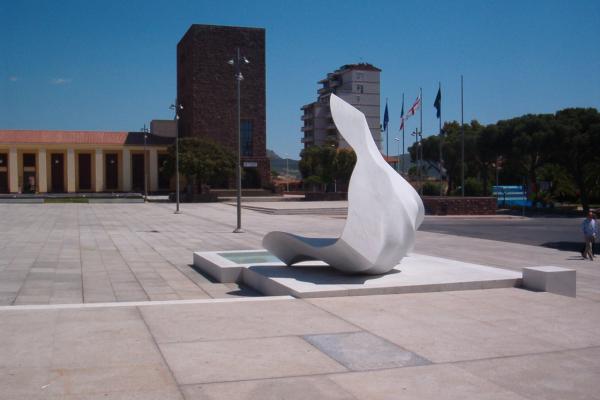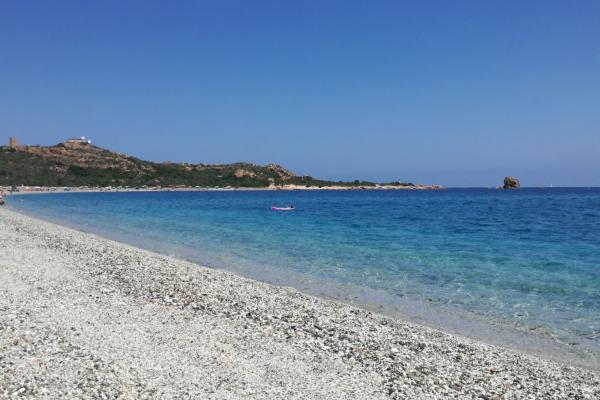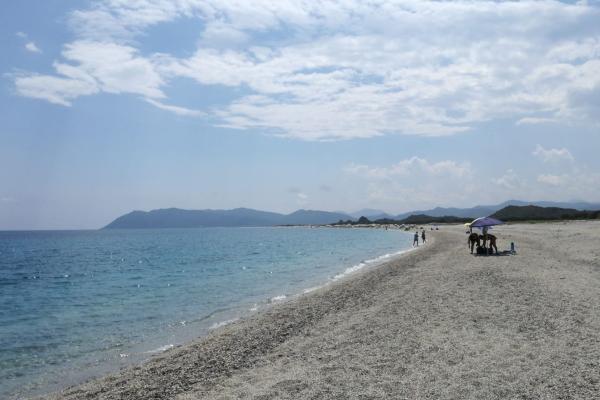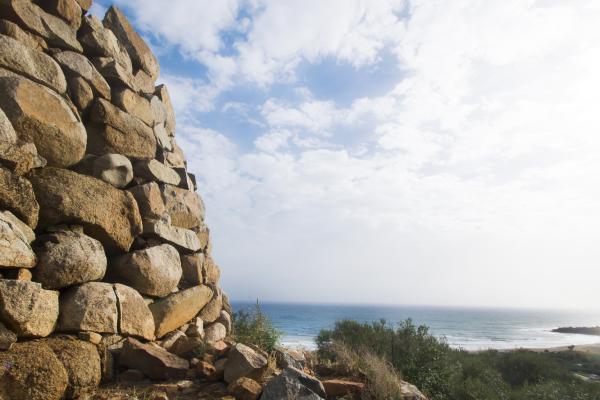It is one of the best-looking sacred wells in Sardinia and it has something extra: its top is a real puzzle. The structure attached to the tholos roof of the Nuragic fountain of is Pirois, in the territory of Villaputzu, has been the subject of debate for decades. It is commonly thought that the well dates back to the Middle Bronze Age, between the 15th and 18th centuries BC, but some similarities with the nearby well of Funtana Coberta in Ballao and with the Sanctuary of Santa Cristina in Paulilatino could move the date of its construction, perhaps to around the 14th century BC. The architectural structure is located on the top of a hill and has adapted to the slope. The atrium is bordered by two granite wall surfaces; from the architraved entrance, there are steps leading to the well, enclosed in a vaulted room with a pseudo-dome. The wall surface is made of evenly-placed slabs of schist, while the series of architraves is positioned as an ‘upturned staircase’, typical of the Island's sacred wells. The water source is still active and has a perennial nature.

Nuragic or pre-Nuragic archaeology
A surprising and mysterious structure bears witness to the architectural skill of the Nuragic people who inhabited the countryside of Sarrabus, in southeastern Sardinia
A surprising and mysterious structure bears witness to the architectural skill of the Nuragic people who inhabited the countryside of Sarrabus, in southeastern Sardinia
See this place because...
It is unique in Nuragic archaeology: along with its unusual appearance, it adds a mystery to be solved, in an area rich in prehistoric evidence and medieval monuments
Pictures and videos
Ti piace questo luogo? Costa Rei potrebbe essere la tua meta ideale.
You may also like
More attractions in the vicinity
Nearby hotels and accommodations

VILLAPUTZU
7 km

VILLAPUTZU
7 km

Bed and breakfast
VILLAPUTZU
11 km














